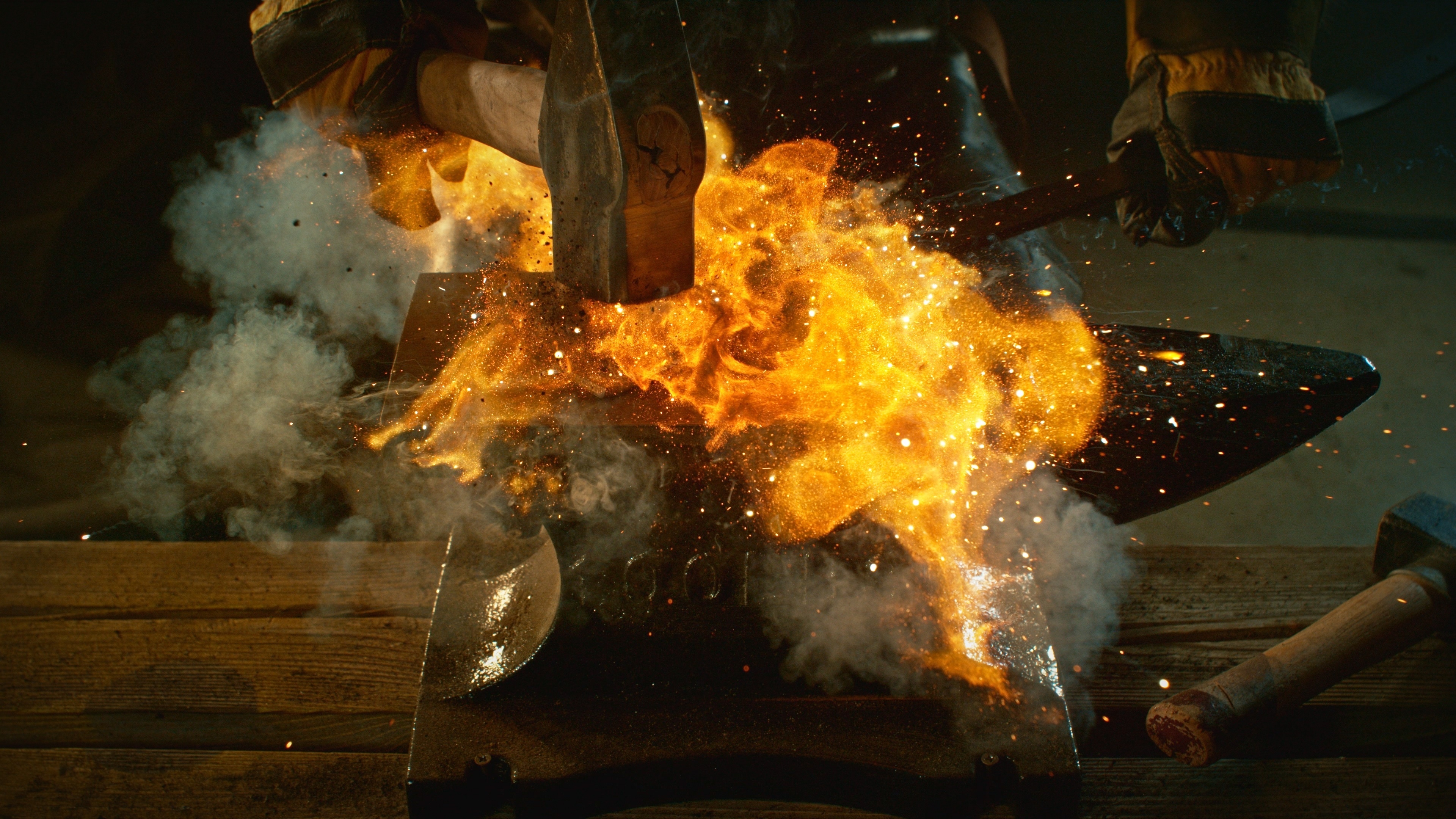
2025 Week 40
The UPC Court of Appeal (CoA) has no problem making up its own mind about the substance of cases before it. We have seen various reversals of first instance preliminary injunction decisions. Now, the CoA’s first appeal decision on a full infringement and validity case is to rule the patent to be invalid for added matter, overturning the original decision. The appeal decision is expert v. Seoul Viosys, decision dated 2 October 2025, in relation to EP 3926698 B1, and the subject matter is light emitting diodes (LEDs).
Two years from filing action to the appeal decision
Before diving into the detail of the appeal, it’s worth looking at how long the proceedings have taken in total. This is easy to see – the first instance proceedings took a year from filing to a decision. There is a two month time limit for filing an appeal, and then the appeal proceedings took ten months. On the one hand, the case benefitted from being among the earliest to be filed, and so there was no chance of a backlog in front of it. But on the other hand, the court and parties had to grapple with many procedural issues that were still being ironed out in the initial wave of cases. So getting to the substantive decision in the appeal in under two years is good going.
13 October 2023 - Infringement action filed
23 January 2024 - Invalidity counterclaim filed
5 September 2024 - First instance hearing
10 October 2024 - First instance decision
6 December 2024 - Appeal filed
11 July 2025 - Appeal hearing
2 October 2025 - Appeal decision
We’ll be keeping an eye on whether the UPC can maintain this level of speed. This is the whole point of a detailed front-loaded procedure with strict and short time limits – to get to a robust final decision quickly – and is marking the UPC out as a go-to jurisdiction in many global patent disputes.
First instance
We did a full-fat review of the first instance decision in UPC Weekly 2024 Week 41: A pro-patent decision on infringement and validity. This is worth reading to understand the scope of the claims and the technical context of the case. At that time, our impression was that the court had been generous, in particular on added matter. This is what we said a year ago:
The defendants attacked the patent also on the grounds of added matter – that the patent discloses subject matter going beyond the disclosure of the original grandparent application.
To my mind, their best attack was based on the “mesa” features of the claim. Granted claim 1 does not define that there are plural mesas. Instead, it defines that there are mesa-etched areas. This is important because one mesa will have mesa-etched areas around it, and so granted claim 1 covers a one-mesa embodiment (which is what the infringing LED had).
However, independent claims 1 and 18 of the original grandparent application defined a plurality of mesas separated from each other on the first semiconductor layer.
Although there is disclosure in the original grandparent application of one-mesa devices, these embody a different invention (roughening of the light-emitting surface of the substrate) and these devices do not have significant features that are required by granted claim 1 and also by the independent claims of the original grandparent application.
The approach taken by the Local Division looks to be generous to the patentee. The court seems to be saying that it is clear that the important technical feature relevant to the invention is not the mesas themselves, but the mesa-etched regions, which allow electrical connection to the first semiconductor layer.
Again, we wonder how the EPO would consider this. The EPO would be interested to ask whether the combination of features in granted claim 1 is directly and unambiguously derivable from the original grandparent application. The original application seems to make it very clear (see claim 1) that plural mesas are required. Replacing the requirement for plural mesas with the requirement for plural mesa-etched areas (and so covering one or more mesa) would be likely to face objection, certainly in an EPO opposition.
The appeal decision – claim interpretation first
The written decision of the CoA has an interesting structure. We have commented before on decisions from the UPC that take claim interpretation first, before considering infringement and validity. Of course that is and should be normal. But when it comes to assessment of validity on the ground of added matter, it means that the court first gives a detailed consideration to what the claim actually means to the skilled person, before hunting through the original application looking for basis for the elements of the claim in combination. Here the CoA specifically referred back to the now well-established principles of claim interpretation at the UPC from NanoString v. 10x Genomics.
Principles for added matter assessment
The CoA set out its approach to the assessment of added matter in essentially the same way as it has done for preliminary injunction cases, such as here. The approach, when written down, looks to be the same test as used by the EPO, sometimes referred to by the EPO as the “gold standard”. However, what is important is how this is deployed in practice, where there can be significant differences from one forum to another. But it’s also interesting that the UPC CoA set out its approach without any reference at all to the EPO or to any previous UPC decisions.
Claim interpretation decisive
The CoA’s detailed claim interpretation concentrated on the requirement in claim 1 that there were “openings disposed near an edge of the substrate”. The CoA was particularly interested in the purpose and effect of this feature – maybe echoing a UK “purposive construction” approach in which the literal meaning of a feature might in fact be given a broader or narrower interpretation by the skilled person, depending on the context. Here, the CoA gave this feature a narrower interpretation than might be expected from a plain reading of the claim, in order that a technical advantage explained in the description would be achieved.
The CoA decided that there was no basis in the grandparent application to allow broadening of the original requirement for a plurality of mesas. This outcome tallies with our commentary above on the first instance decision.
Additionally, the CoA considered that if it could be argued that there was suitable disclosure of the “one mesa” feature, then this was not disclosed in the original application in combination with the “openings disposed near an edge of the substrate” feature, but only because of their narrow interpretation of the required purpose and effect of that feature.
Outcome
The appeal decision reverses the outcome at first instance, in which an injunction and other remedies were awarded in the infringement action. The CoA decision means that the claims asserted (claims 1, 4, 5, 6, 9) are declared invalid in the relevant UPC states, and the remedies are set aside. The patentee must pay the costs of the first instance proceedings and the appeal.
There are various detailed CoA decisions on added matter already. But these have been in preliminary injunction cases, which are in principle summary proceedings. Now that we have this CoA decision from a full merits action, we can expect to see it relied on for the foreseeable future in all first instance cases involving added matter.
Matthew is a UPC Representative and European Patent Attorney. He is a Partner and Litigator at Mewburn Ellis. He handles patent and design work in the fields of materials and engineering. His work encompasses drafting, prosecution, opposition, dispute resolution and litigation – all stages of the patent life cycle. Matthew has a degree and PhD in materials science from the University of Oxford. His focus is on helping clients to navigate the opportunities and challenges of the Unified Patent Court.
Email: matthew.naylor@mewburn.com
Sign up to our newsletter: Forward - news, insights and features
Our people
Our IP specialists work at all stage of the IP life cycle and provide strategic advice about patent, trade mark and registered designs, as well as any IP-related disputes and legal and commercial requirements.
Our peopleContact Us
We have an easily-accessible office in central London, as well as a number of regional offices throughout the UK and an office in Munich, Germany. We’d love to hear from you, so please get in touch.
Get in touch


